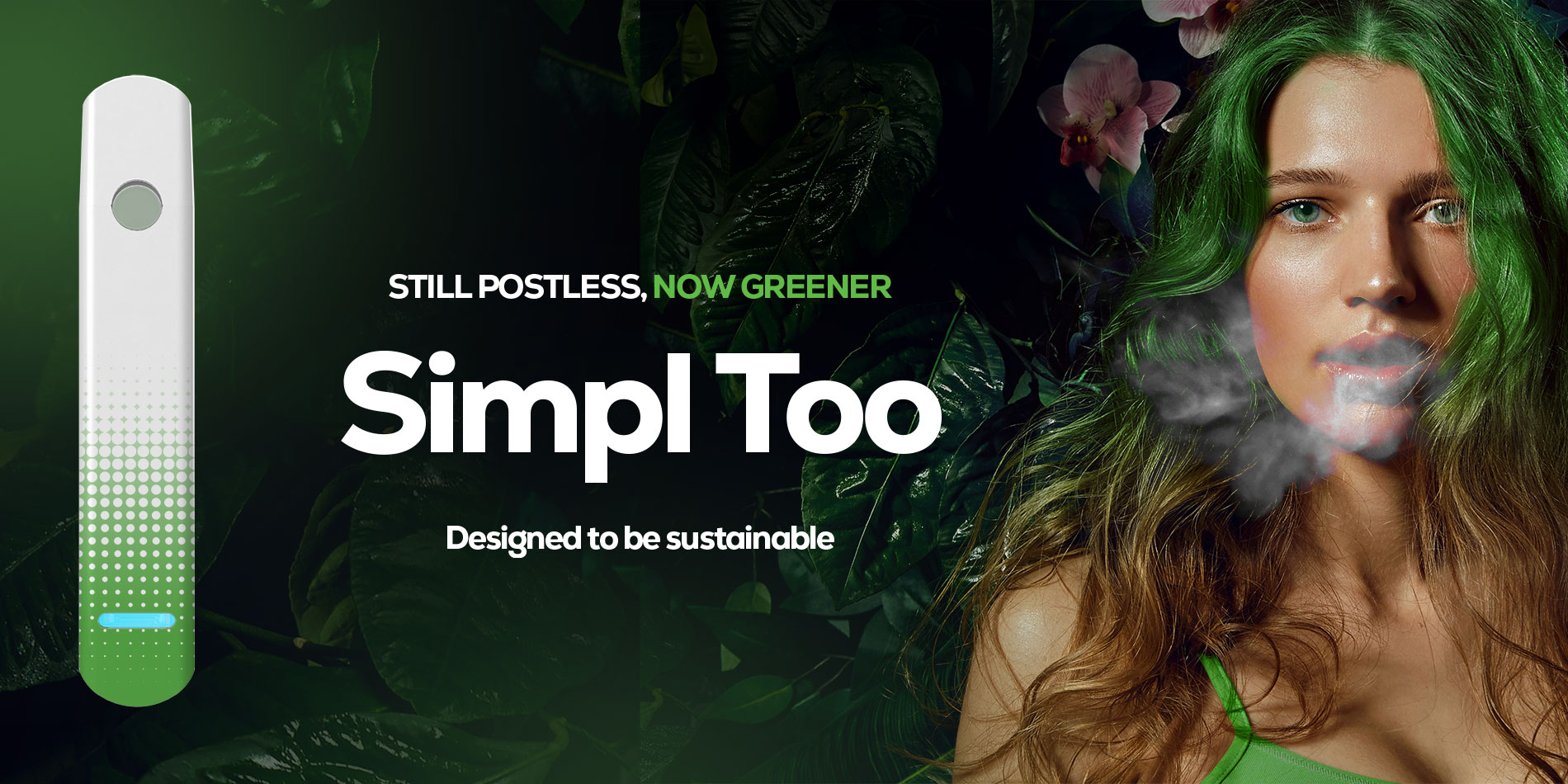Paul Graham, the founder of Y Combinator put how to create a successful brand simply: “Make things people want.”
There’s no denying that people want cannabis and vapor products / services. According to Business Insider, the Legal Cannabis market alone could topple $20 Billion USD by 2020. The “Green Rush” is here. The issue is how do ventures create a desirable cannabis product to tap into this market potential? Changemakers in cannabis do a few things. They improve their early-stage product or service to entice consumers. They create a value hypothesis that encompasses a business model that is customer-centric and understands why people love them. Lastly, they scale when they’re ready. In short, they give people what they want, how they want it, when they want it.
What is product-market fit anyway?
Product-Market fit is found when ventures identify a compelling value hypothesis. At this point, they know why customers or potential customers love their brand. More importantly, ventures can express why or how their customers love their brand clearly. A value hypothesis addresses both the features and business model required to entice a customer to buy their product. Whoopie Goldberg found her fit with her new brand, Maya & Whoopie. They provide cannabis products that minimize menstrual symptoms like cramping which effectively targets “half the population.”
Experts respond and revise
As Nick Hilden, Creative Director at Craft Cannabis Marketing states in Advertising Age, “there is no beaten path, which means it is a space that is rife with opportunity for innovation.” Plenty of white spaces remain in the new legal cannabis industry. To succeed, brands will have to find their fit.
While a brand’s initial idea may be great, experts are sure to revise until they create something remarkable. Experts are sure to be nimble and responsive as most early stage brands have to alter their brand multiple times to discover their true market fit and adapt as the industry changes. For example, popular cannabis website Leafly started out as a strain catalog. It now focuses on where to find strains and news surrounding them while still offering visual appealing reviews and information on strains.
Experts also listen to why customers love or hate their brand. At the Cannabis & Hemp Marketing Lab, “We test things a lot …when it’s the best, that’s when we release it to the public” says Celeste Miranda. Researchers consider the following: What does it provide customers? How does it make them feel? How does it elevate their status? In what ways does it improve their life? Experts take customer response and tweak their feedback to create something even more enticing.
Those that find product-market fit do more of what works, constantly make it even better, and be sure to go back to the drawing board to create something truly remarkable
Experts find their otakus
At the point of product-market fit, there is significant repeated use and organic chatter from people who love brands. This is due to coveted brand-loyals. These fanatics express support through digital brand engagement and word of mouth in addition to their consistent purchases due to the perceived brand supremacy. This creates a multiplier effect where they influence the market.
Marketing guru Seth Godin likes to call these people Otakus. This Japanese word references people who would do anything for a brand’s product because they love it so much. Otakus wait in line for hours for the newest strain, hottest vapes, or coolest head shop. Finding Otakus and determining why they love a brand is essential to formulating a value hypothesis. Brands are remarkable when people are making remarks about them.
Experts scale when they’re ready
Successful brands create safe, value added products and don’t compromise by cutting corners. Many benefits of cannabis consumption are being discovered and consumption is becoming legal at the state level. However, cannabis is still illegal federally and poses regulatory constraints across all levels of legislation, just like other industries. It is important to be safe and professional, especially with edible products. Wana Brands’ Edipure gummies suffered 4 recalls and had to remove 63,000 products from shelves. They used pesticides that were potentially dangerous and illegal. In the cannabis industry, it is critical to ensure laws are followed to avoid these costly recalls.
After doing due diligence, it is possible to create a successful cannabis venture. Once experts have a proven cannabis or vapor product, they launch it steadily yet aggressively. Just like other successful tech companies they start small, listen, and improve while they are finding their value proposition and product market fit. After that, they determine their growth hypothesis and work towards a global scale.















































